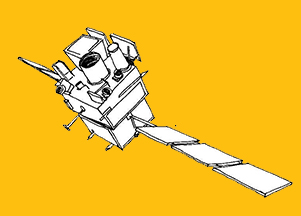The SVOM satellite left the IAM CAS clean rooms in Shanghai and arrived at the Xichang launch site in Sichuan province on 10 May. It was transported in two separate parts: the platform on one side and the payload module on the other. Launch preparation operations began with the reassembly of the two parts, followed by tests to ensure that the instruments were working properly. The ECLAIRs and MXT instruments were inspected one last time before being configured for flight. The satellite will soon be integrated into the rocket, and several rehearsals of the launch sequence will take place before launch day.
Lift-off is scheduled for 22 June 2024 at 7am UTC (9am in Paris, 3pm in Xichang).
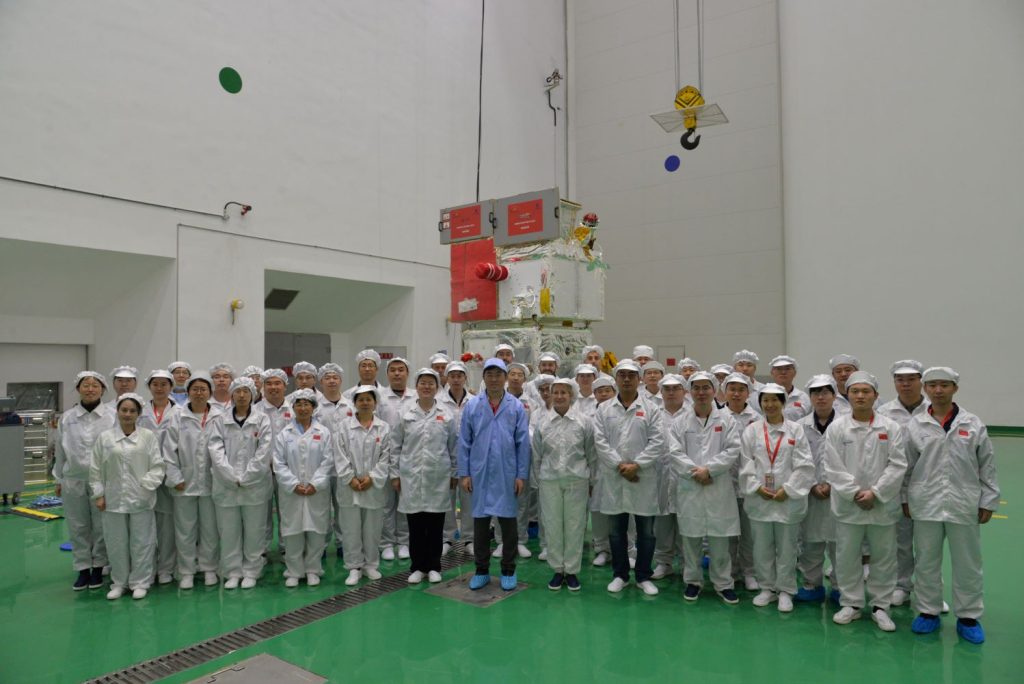
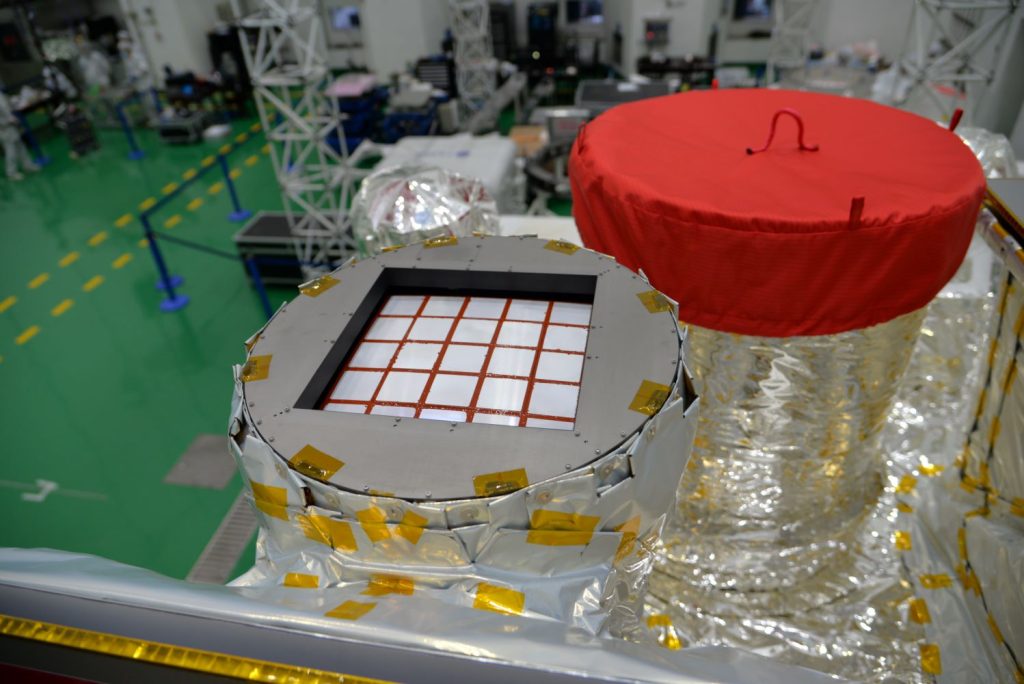
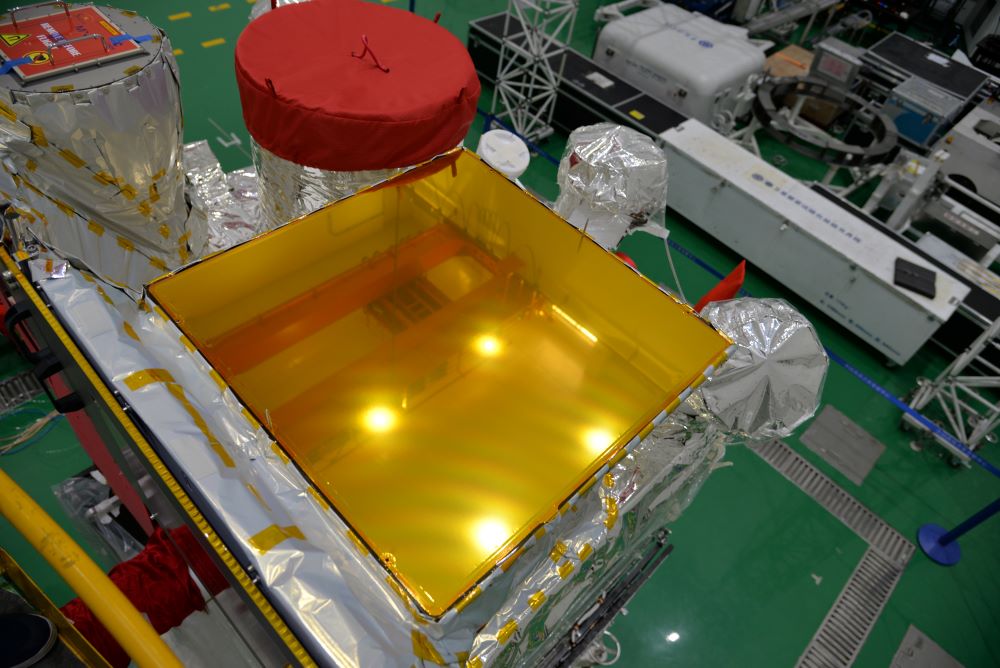
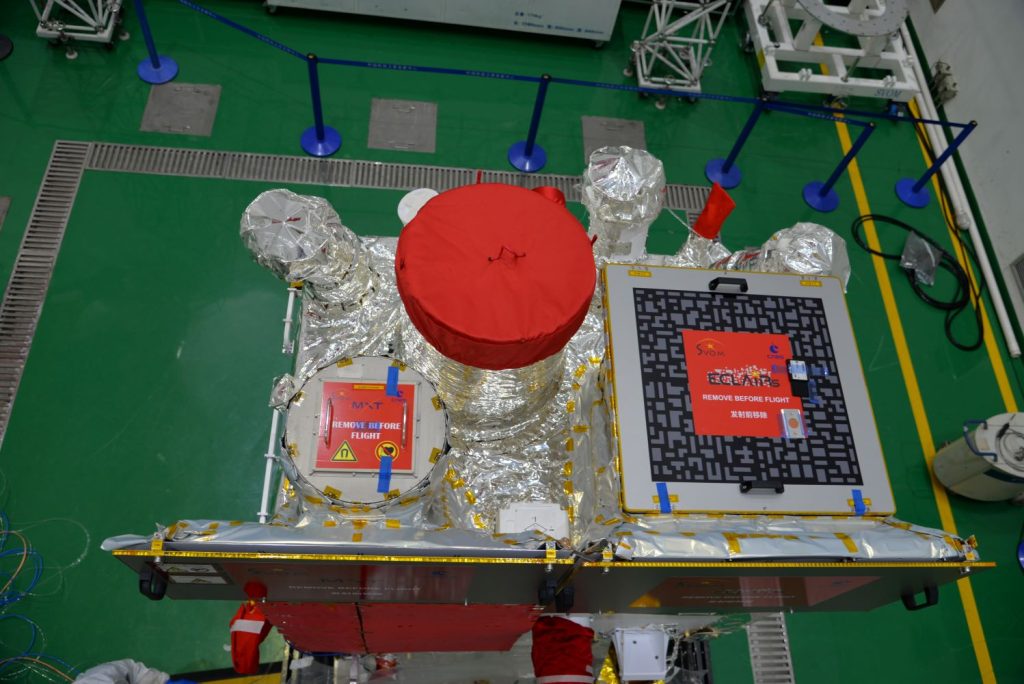
Following the electromagnetic compatibility tests (see Integration at Shanghai: second half of May), integration and testing of the SVOM satellite continued: the solar panels were assembled and new tests were carried out. The aim is to confirm that the satellite's flight model is ready for launch.
This summer, the satellite underwent vibration, shock and even acoustic tests! These different tests reproduce what the satellite will have to withstand during the launch phase and when the solar panels will be deployed. In September, the satellite was prepared for the thermal vacuum test: installation of temperature probes, installation of heating elements, removal of covers protecting the instruments and radiators, etc. For this test, the satellite is placed for several weeks in an enormous tank that reproduces the temperature conditions of space. In the tank, the instruments are switched on, in a kind of dress rehearsal for what will happen once in orbit.
All these tests were carried out at the IAM CAS facilities in Shanghai between June and October 2023, in collaboration with CNES teams.
The French team on site discovered M50, a contemporary art district in Shanghai.
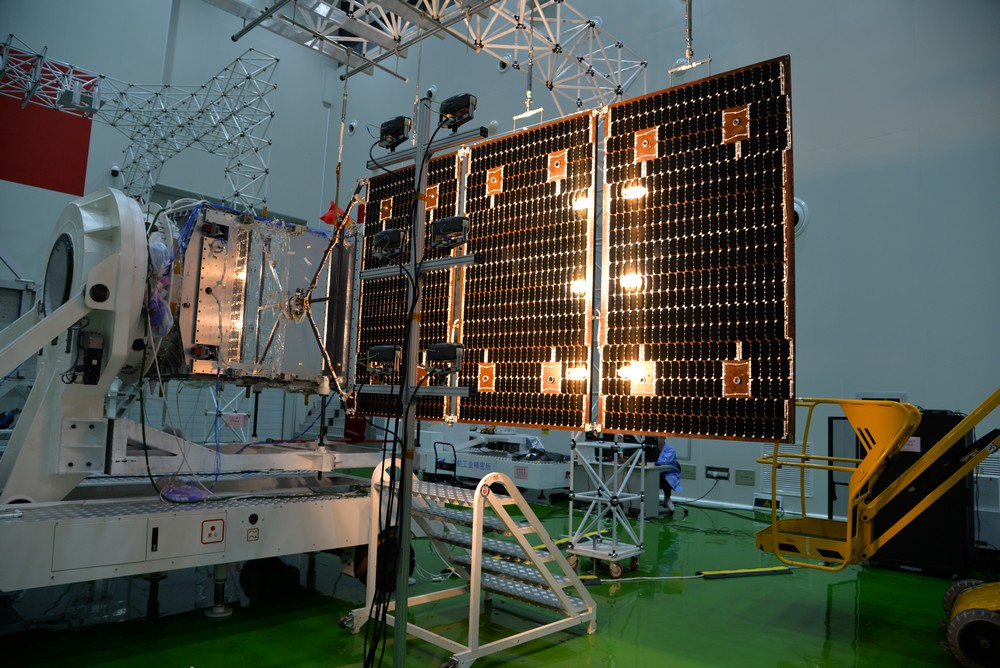
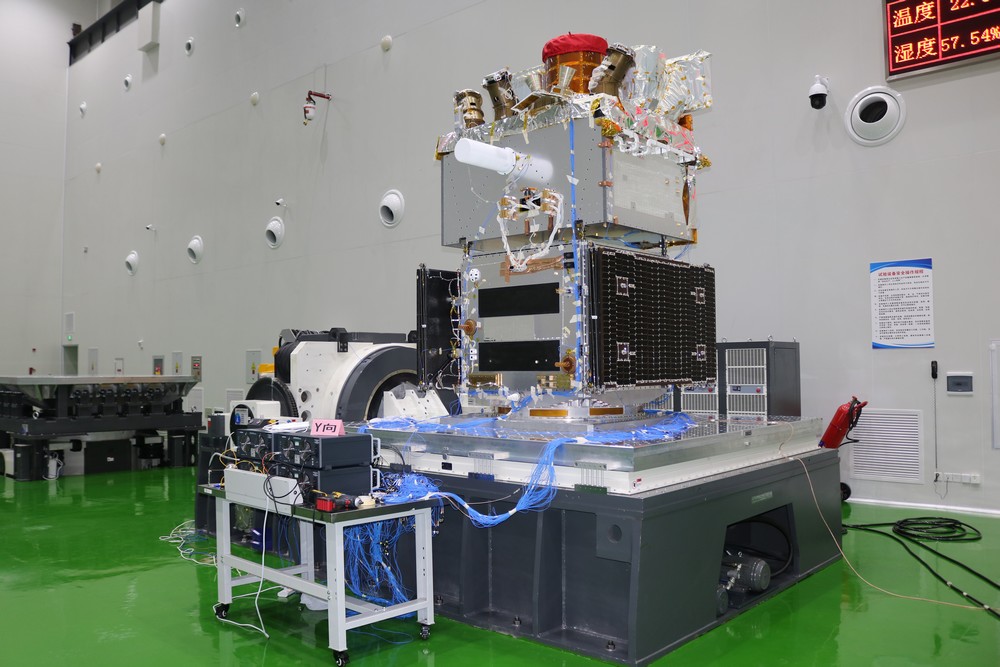
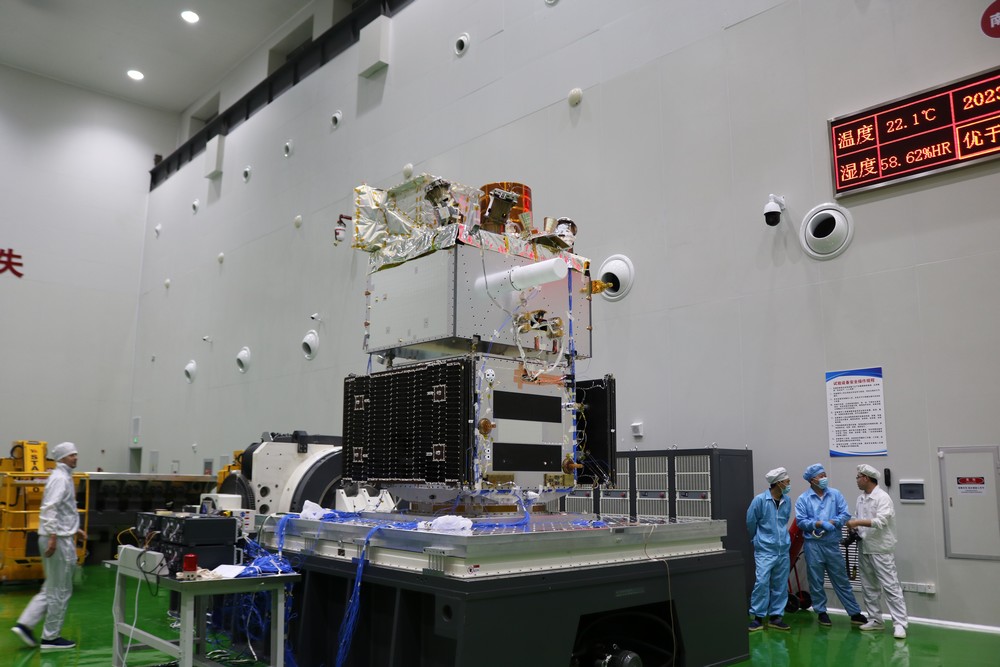
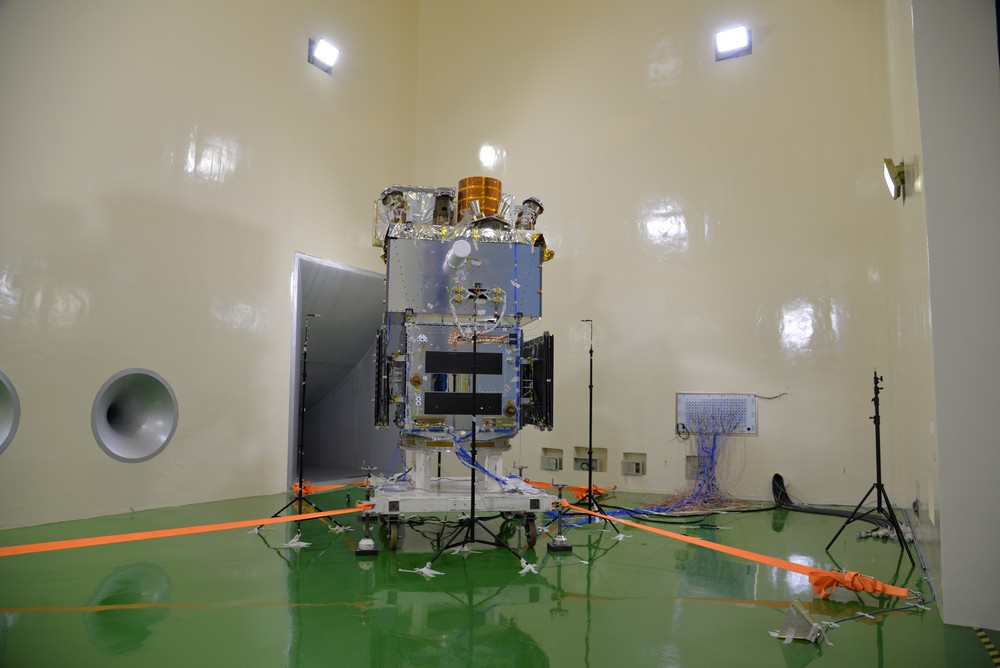
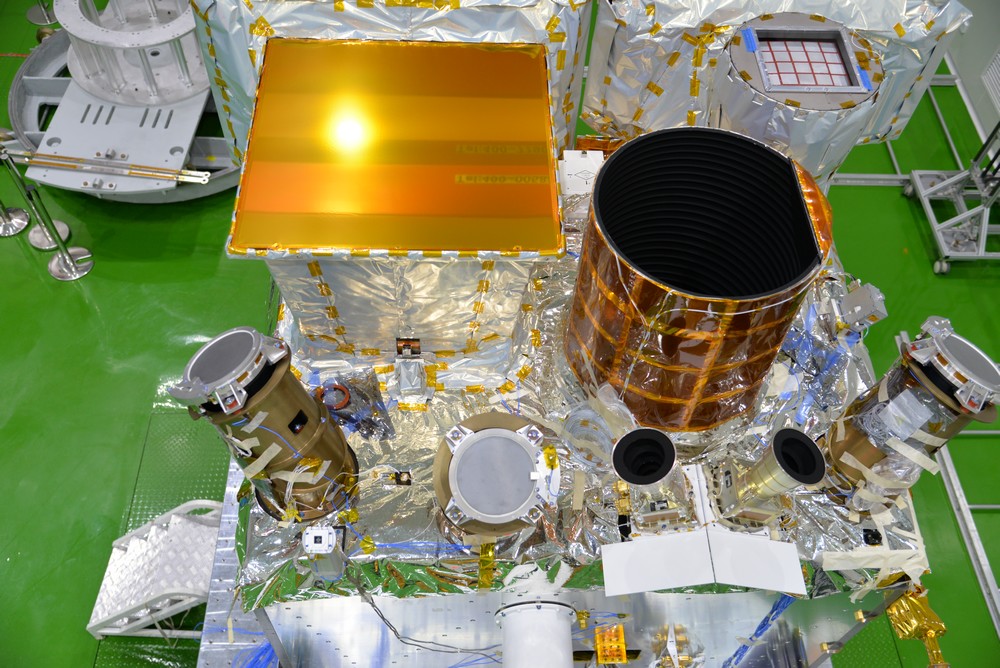
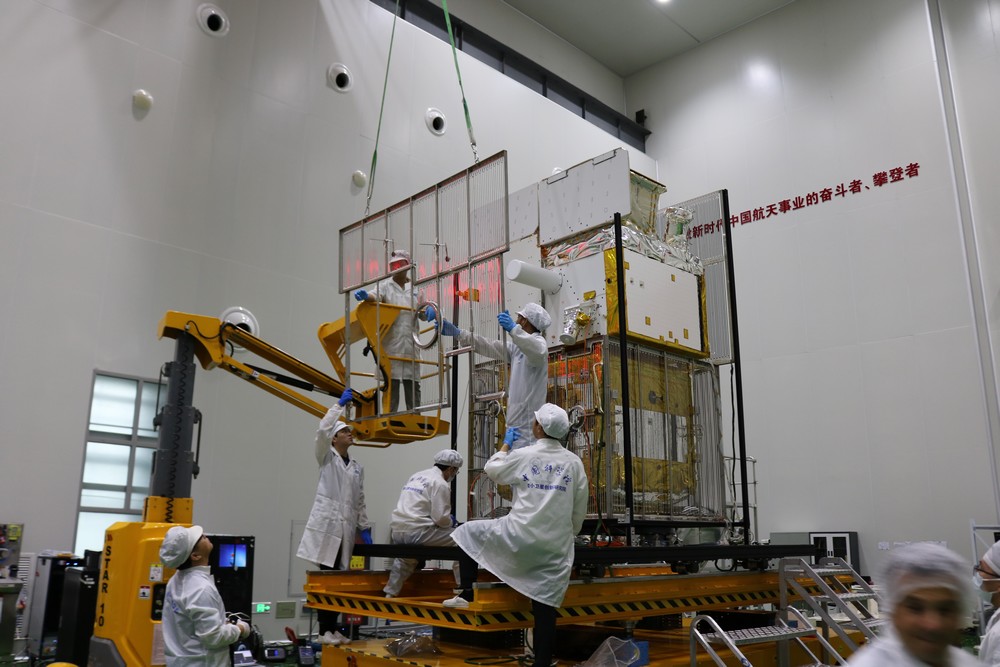
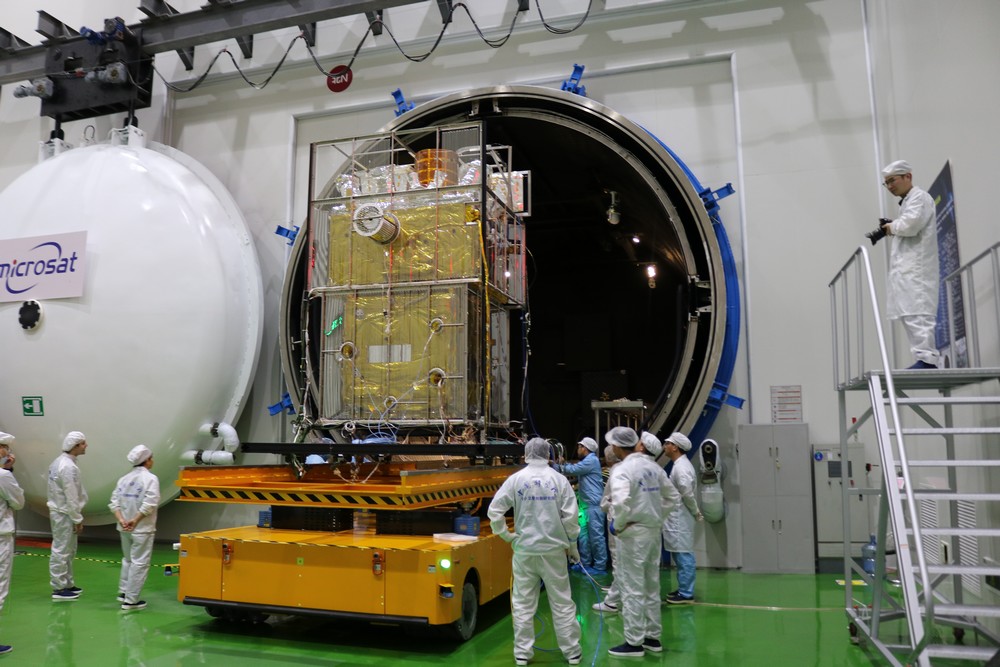
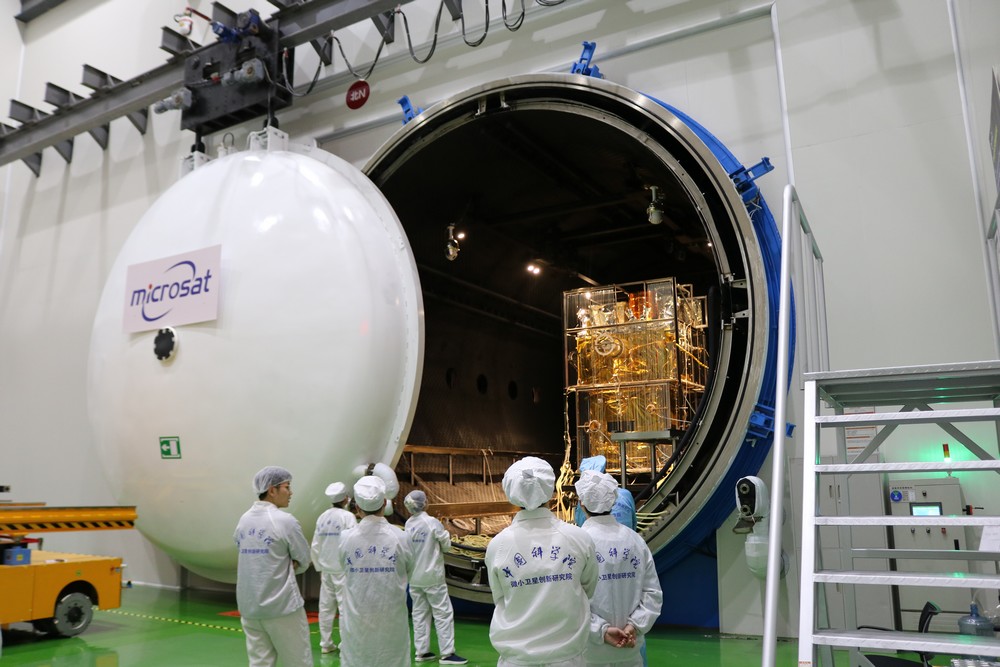
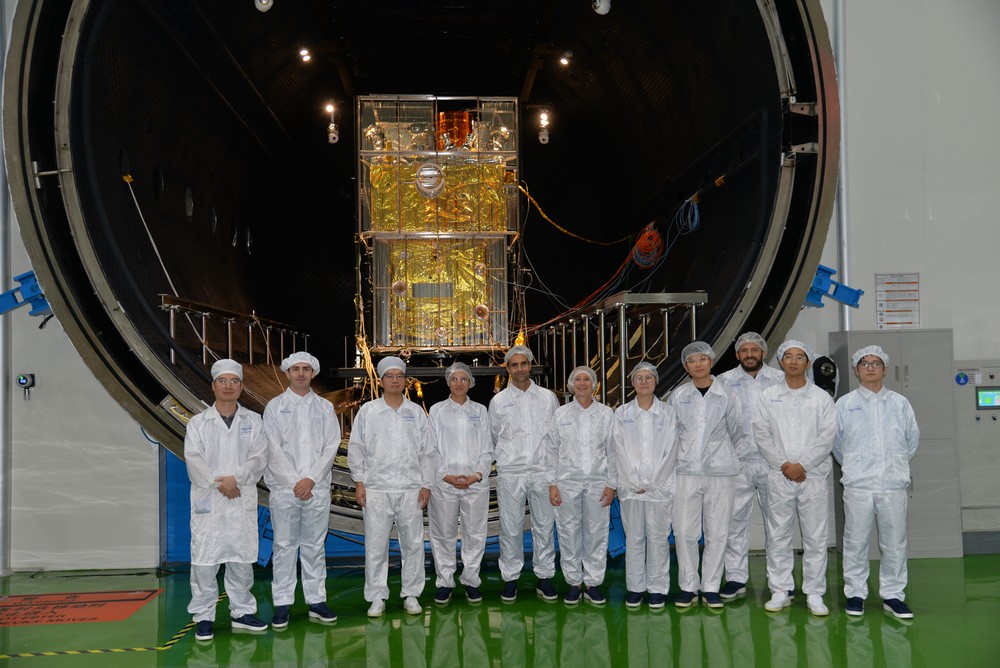
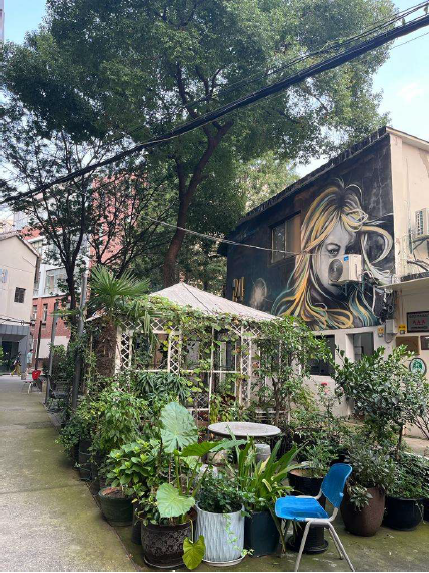
This fortnight began with susceptibility tests to detect any interference between the various instruments and the electronic boxes of the PIM (payload module) through the harnesses. The very good results obtained were not certain, as it had not been possible to carry out these tests on the satellite's qualification model following the lockdown in March 2020.
The rest of the activities were devoted to finalising the routing of the harnesses, closing the platform panels, closing the PIM panels and assembling the antennas. Finally, the PIM was assembled on the platform. The SVOM satellite is now fully assembled and is in its final configuration as it will be in orbit.
After a health check on the PIM and the platform, the satellite was transferred to the anechoic chamber for radiated electromagnetic compatibility tests.
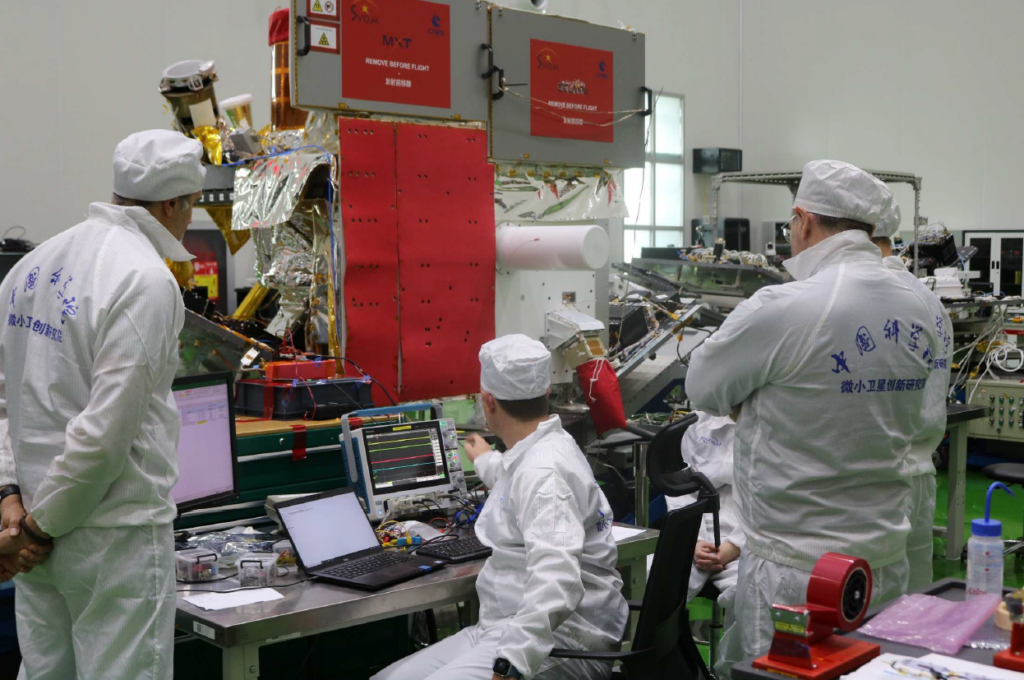
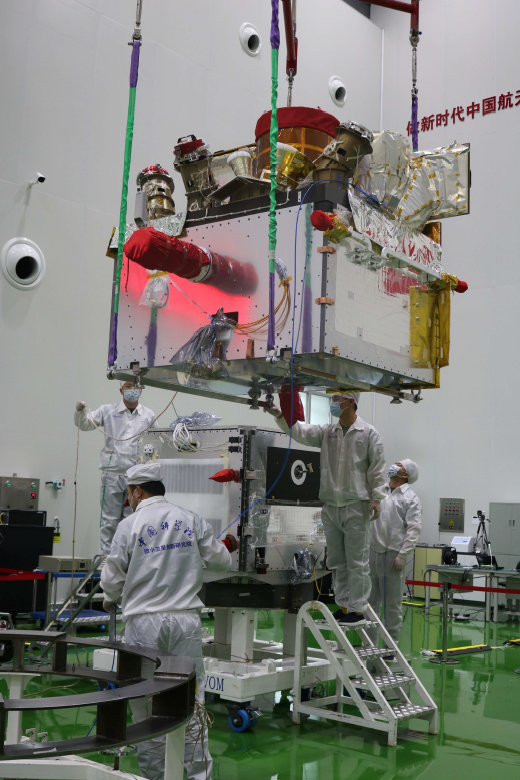
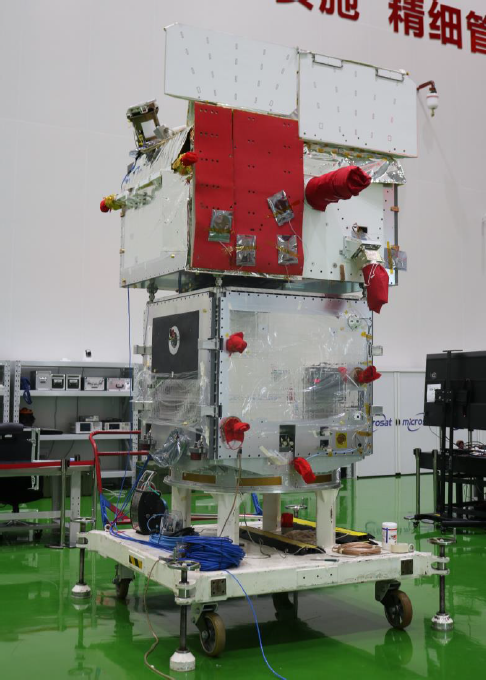
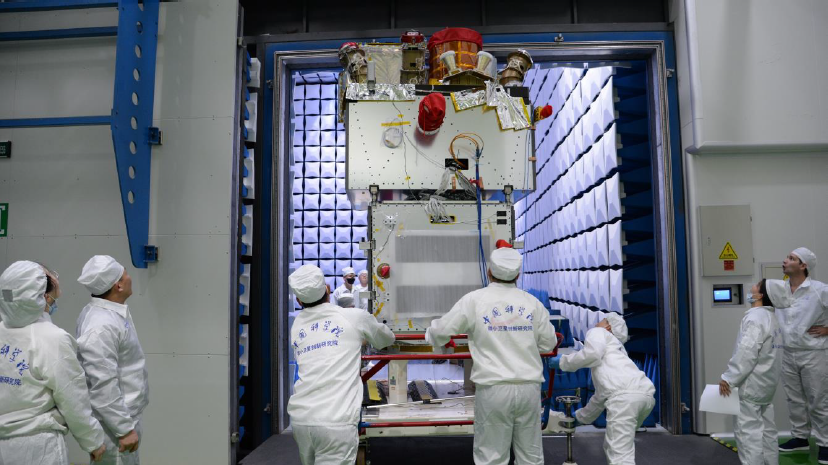
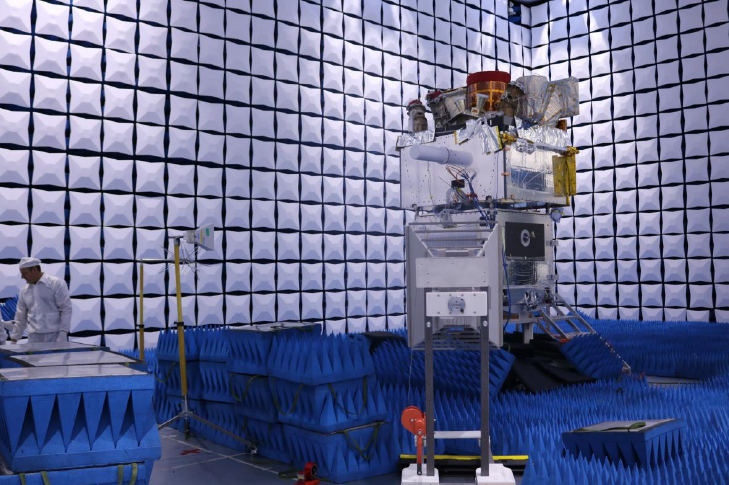
After the mechanical integration of the ECLAIRs and MXT instruments, it's time for the electrical integrations, with the connection of the harnesses of the French instruments to their respective control boxes.
Once the instruments have been connected, the payload module can be closed by very carefully approaching the side panels. Once the panels are closed, the ECLAIRS and MXT instruments are tested to ensure that they are in good health. These tests conclude the whole integration activity by confirming that everything is properly wired and functional.
Now it's time to move on to the next stage in this long sequence, the environmental tests, starting with the electromagnetic compatibility tests, during which we check that the instruments are not disturbed or do not disturb the other equipment on the satellite when everything is operating.
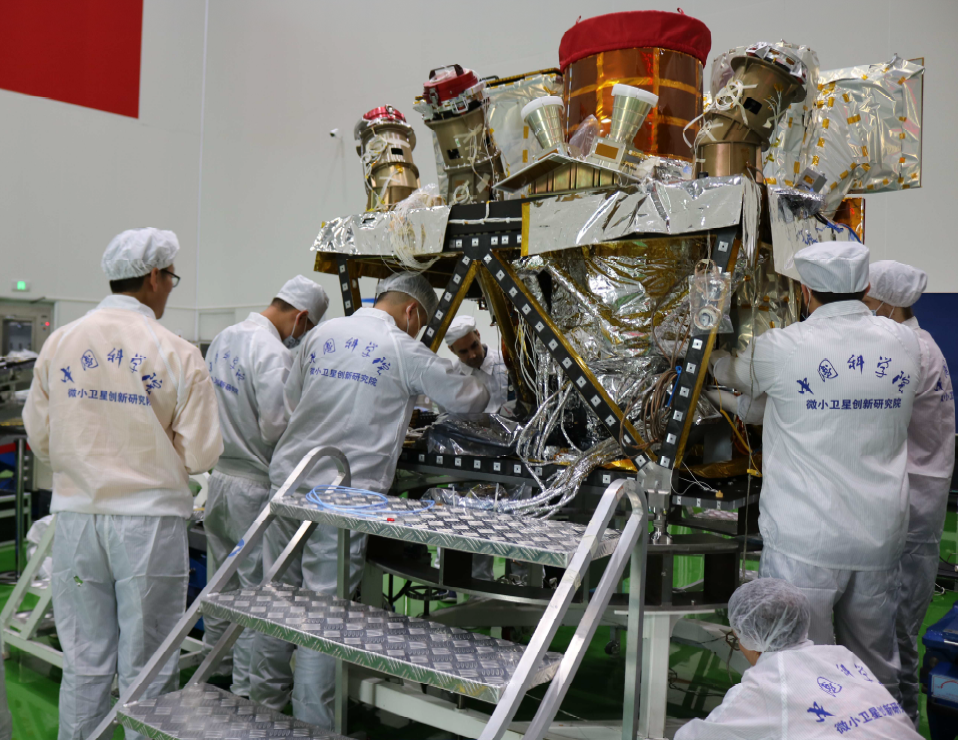
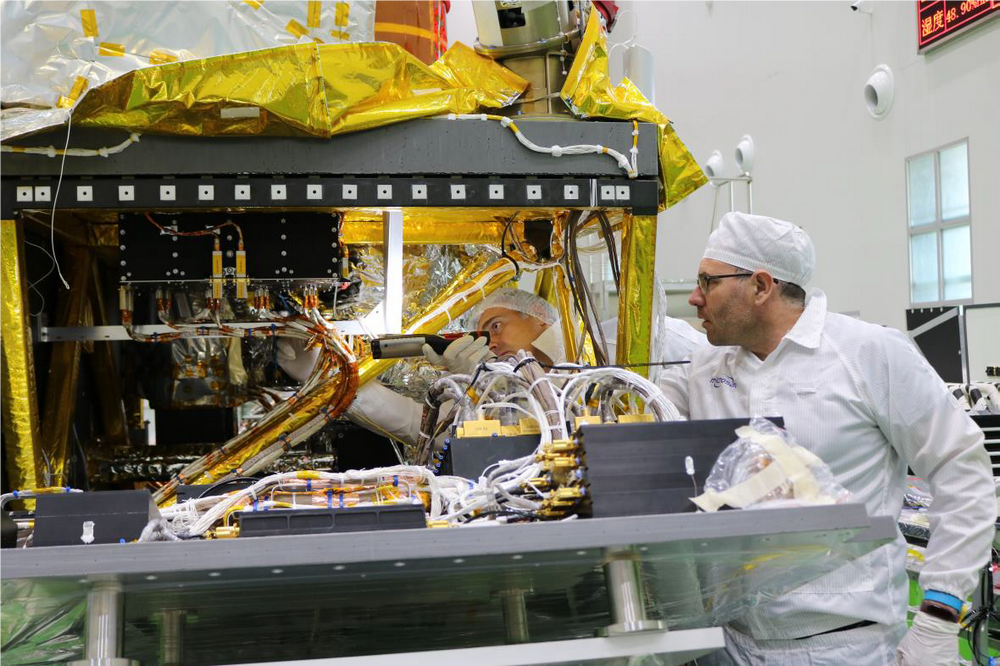
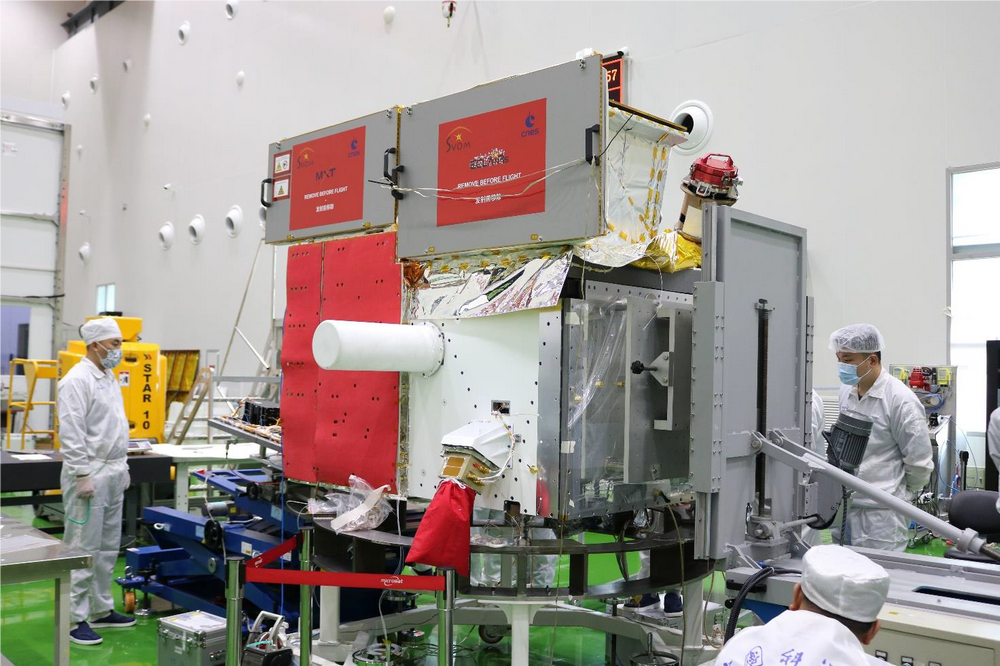
At the end of last week, preparations for integrating MXT and ECLAIRs onto the PIM were completed: electrical and mechanical disconnection of MDPU/UGTS computers, panel relocation, disconnection of flight harnesses...
This week, on Monday, ECLAIRs was placed on the PIM and on Tuesday its integration was finalized. On Wednesday, the MXT instrument was placed on the PIM, and on Thursday an alignment measurement was carried out to ensure that MXT was perfectly aligned with the satellite's optical axis.
Last weekend, the French team went to see an acrobatics show "ERA 2" at the Shanghai Circus. It was both impressive and poetic.
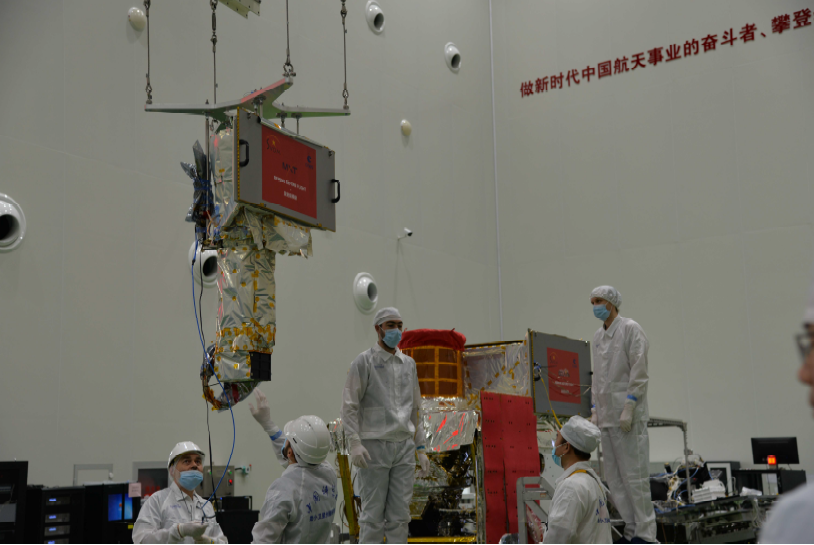
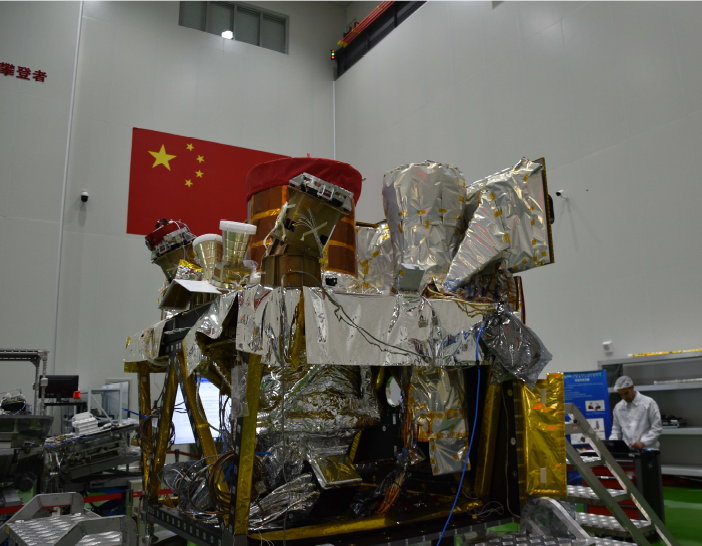
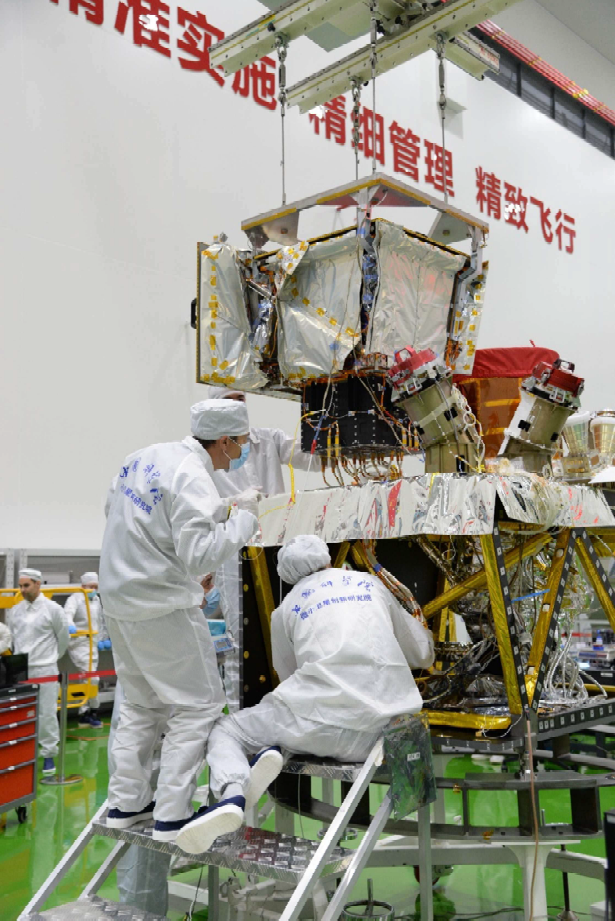

Last week, the French instrument qualification models and their computers were disassembled and packed away. Testing is now continuing on the flight models. MXT and ECLAIRs were switched on simultaneously for the first time. Soon the integration of the French instruments on the satellite will begin. They will then join the Chinese payload instruments, VT and GRM, which are already assembled on the PIM. During the weekend, the French team visited the old Shanghai and in particular the Jing'an temple.
In the forefront, some of the Chinese colleagues in front of the VT and GRM instruments integrated on the PIM. In the background, the qualification models.
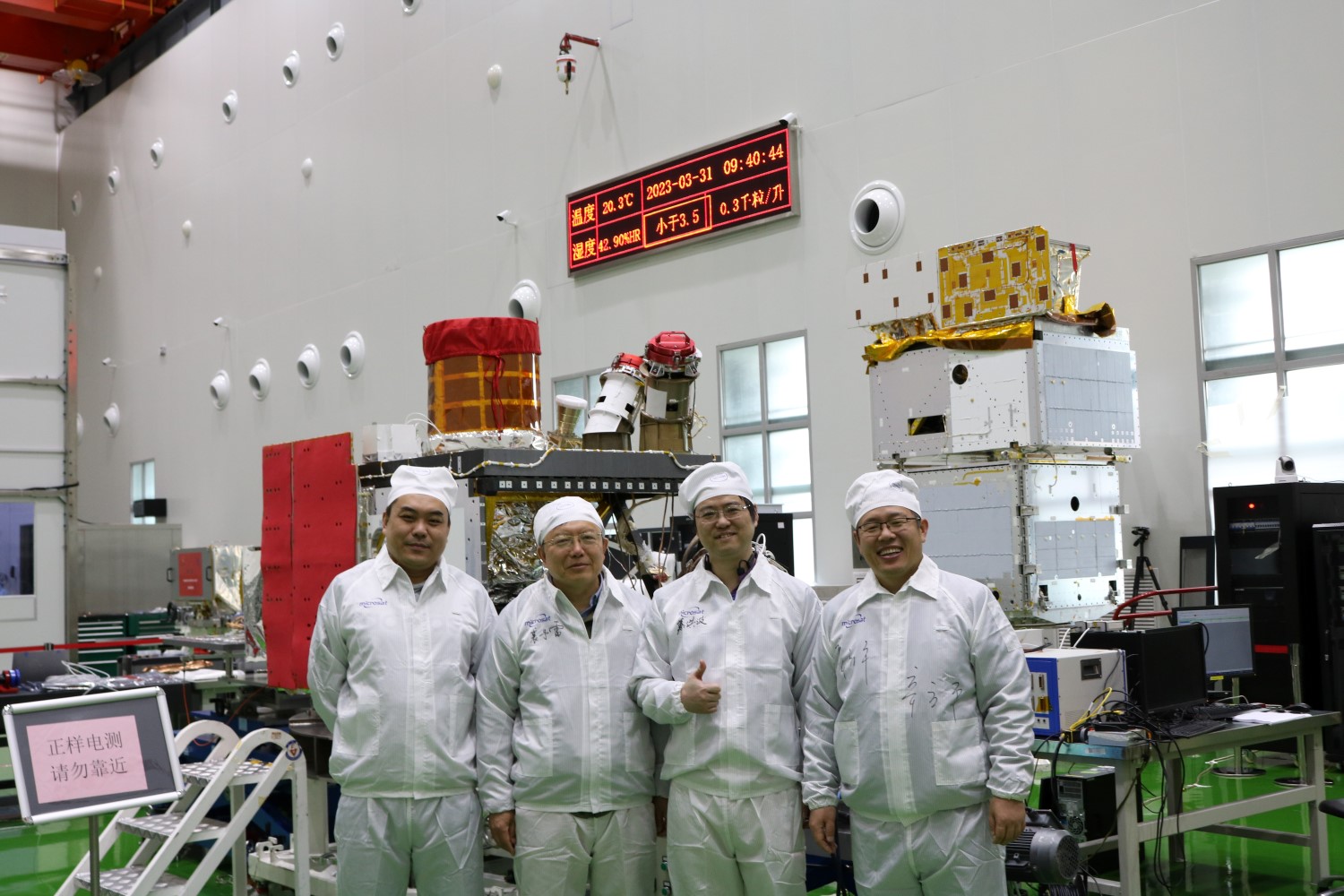

The electronic boxes of the two French instrument computers: ECLAIRs (UGTS box) and MXT (MDPU boxes) were attached to the PIM panels (Payload Interface Module, between the instruments and the satellite) and the connection with the instruments was tested. In parallel, on the mechanical side, rehearsals of the instrument integration activities were carried out with the qualification model of the satellite platform and the structural and thermal models of the instruments. On Sunday, the French team visited the city of Suzhou, known for its Tiger Hill and its leaning pagoda, nicknamed the Chinese Tower of Pisa.
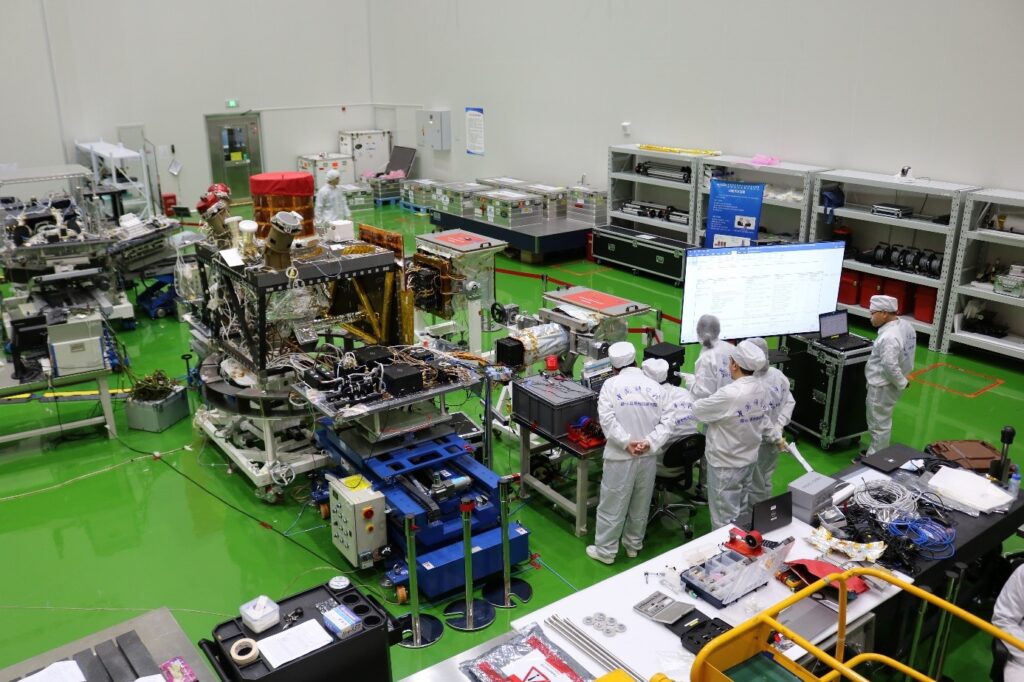
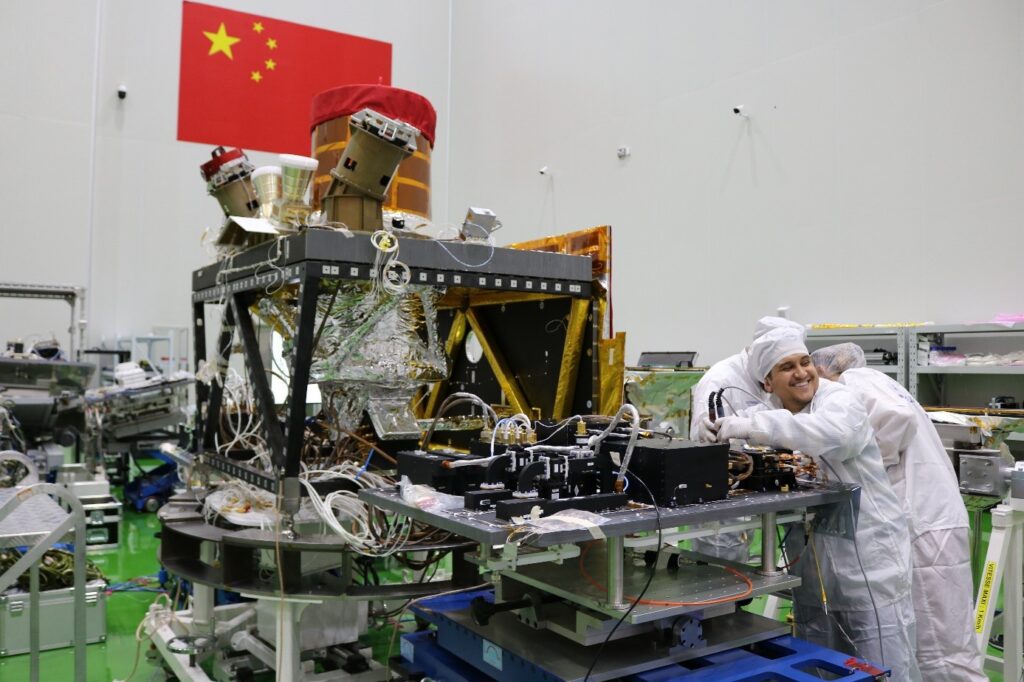
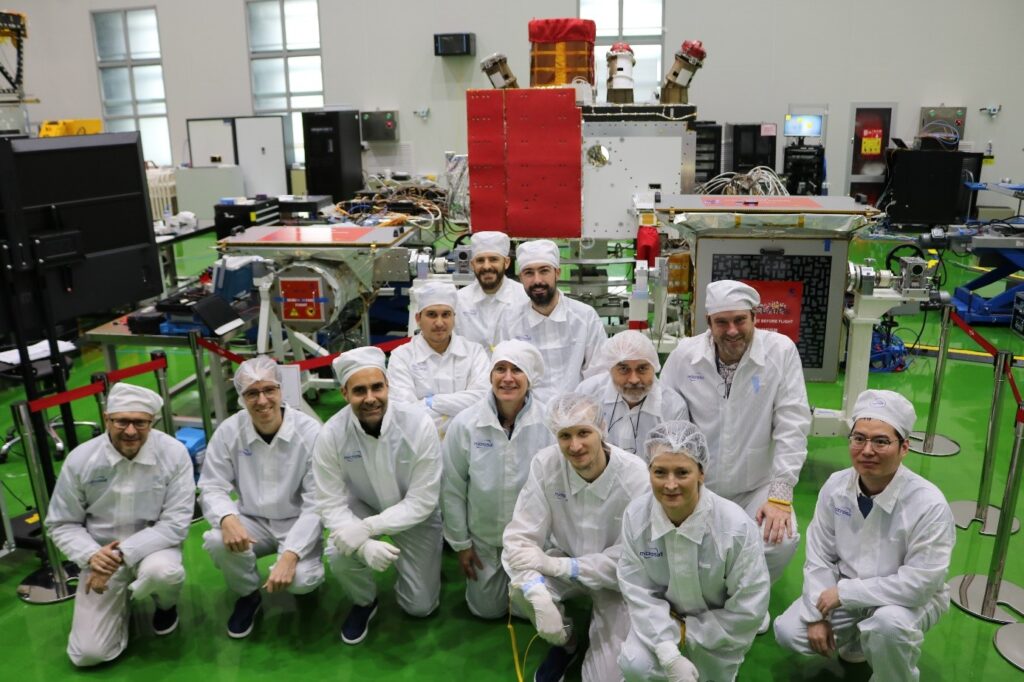
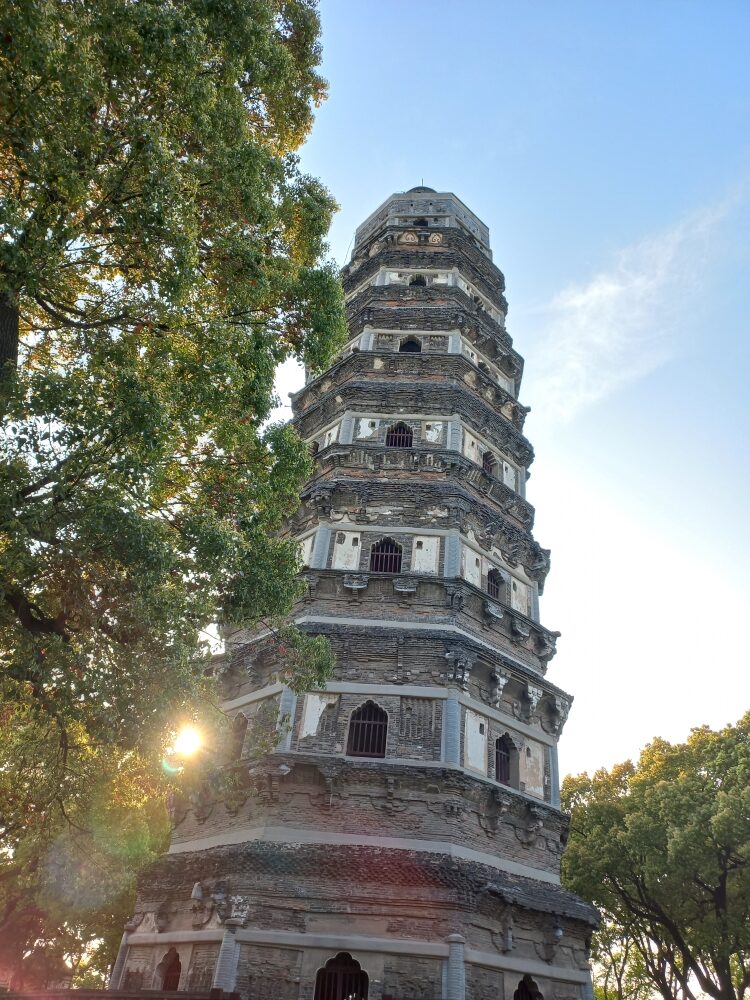
Video report recorded in the SVOM integration room at IAM CAS in Shanghai.
Week of 27 March: the ECLAIRs and MXT instruments were taken out of the transport boxes and placed on mechanical supports. The electronic boxes of the two computers were tested on their own, then connected to ECLAIRs and MXT: "everything is ok". Checks were carried out to verify the mechanical interfaces of the French instruments with the PIM (Payload Interface Module, between the instruments and the satellite). This ensures that ECLAIRs and MXT are aligned on the same optical axis. On Sunday, the French team discovered the city of Shanghai and in particular People's Square with its cherry blossom trees.
The French instruments ECLAIRs and MXT as well as the equipment necessary for the integration activities have left CNES for Shanghai.





